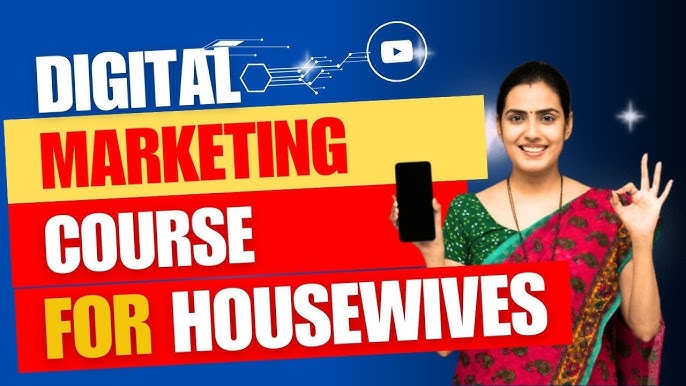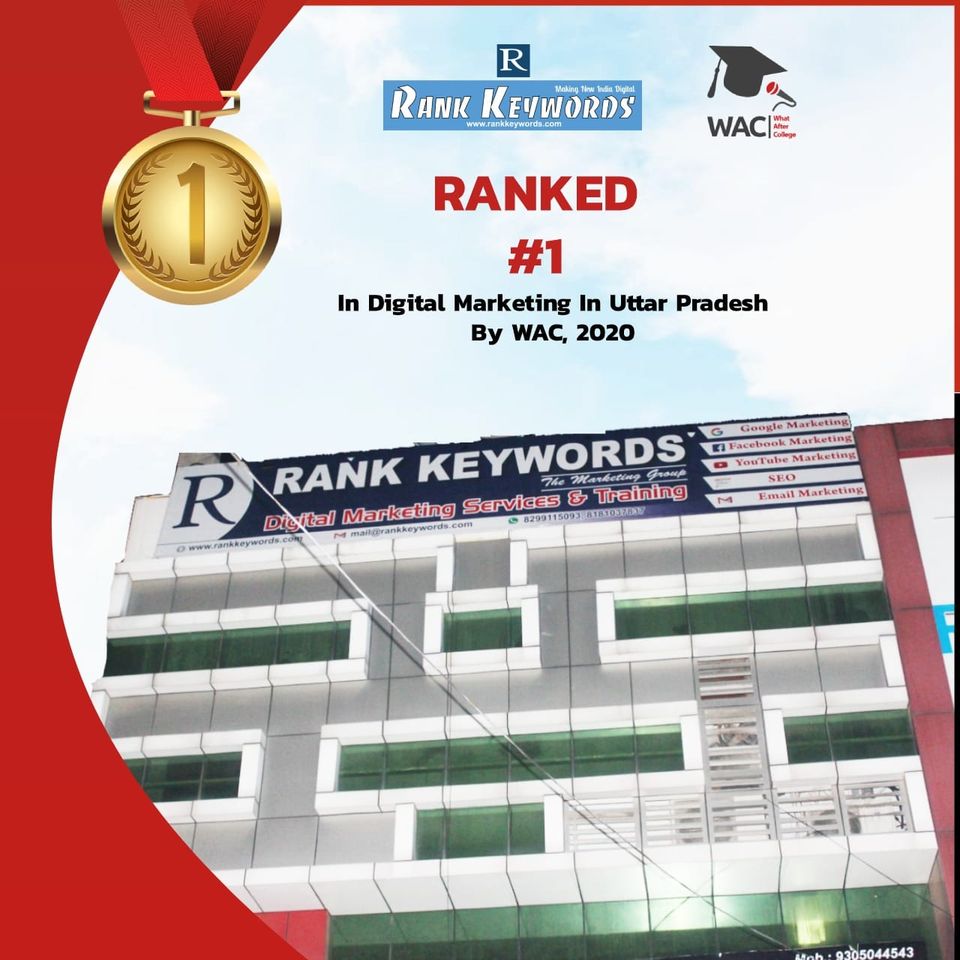TRADITIONAL MARKETING VS DIGITAL MARKETING
Traditional Marketing vs. Digital Marketing in 2024: A Deep Dive into Evolving Strategies The landscape of marketing in 2024 has seen an unprecedented transformation as businesses wrestle with the choice between traditional and digital methods. Traditional marketing, which once ruled the industry, now finds itself in direct competition with digital marketing, which thrives in an increasingly connected world. To fully understand how businesses should navigate this landscape, let’s explore the evolution, pros, cons, and the future of these two marketing approaches. Defining Traditional and Digital Marketing Before diving into the contrast, it is crucial to define both marketing approaches. Traditional Marketing: Traditional marketing includes a wide array of marketing techniques that have been used for decades. These methods revolve around print advertisements, billboards, TV commercials, radio spots, direct mail, and event sponsorships. Its objective is straightforward: grab the attention of the masses through high-visibility placements. Digital Marketing: Digital marketing is an umbrella term that refers to all marketing strategies that use the internet or electronic devices. It involves social media marketing, search engine optimization (SEO), pay-per-click advertising, email marketing, content marketing, and more. The key is personalization and targeting: reaching consumers where they already spend a significant amount of time—online. The Evolution of Digital Marketing Traditional Marketing’s Historical Significance For most of the 20th century, traditional marketing was the backbone of how companies reached their audience. TV and radio ads, print advertisements in newspapers and magazines, and the iconic roadside billboard were the pinnacle of brand visibility. Its Persistence in 2024 Though digital marketing has disrupted the industry, traditional marketing remains far from obsolete in 2024. Large brands still allocate considerable budgets to TV commercials during major events like the Super Bowl or the FIFA World Cup, where millions of viewers tune in. In fact, traditional marketing maintains an aura of authority that some digital ads can’t replicate—after all, people trust brands that invest in real-world advertisements. Adaptation of Traditional Marketing in 2024 One of the significant shifts we see in 2024 is traditional marketing integrating with technology to become more targeted. Billboards are no longer static; they are now digital, allowing for real-time ads that change depending on the time of day or weather conditions. Similarly, direct mail marketing has evolved with QR codes or NFC tags, allowing customers to seamlessly transition from physical mail to online experiences. The Rise of Digital Marketing Digital Marketing’s Breakthrough The arrival of the internet and the widespread use of mobile devices have revolutionised marketing. The democratisation of information and the power to reach millions within seconds have made digital marketing an irresistible force. In 2024, digital marketing isn’t just a part of the marketing mix—it’s at the forefront. Why Digital Marketing Thrives in 2024 Measurable Results:- With platforms like Google Analytics and Facebook Insights, businesses can now track every click, conversion, and bounce rate. The ability to gather instant feedback on marketing campaigns is a key advantage digital marketing holds over traditional methods. Cost Efficiency:- Digital marketing allows for a more budget-friendly approach, especially for small and medium-sized businesses. Instead of spending thousands on a billboard, businesses can start a Facebook campaign with minimal investment. Personalization:-In 2024, artificial intelligence and machine learning have enabled unprecedented levels of personalization. Companies can create highly customised experiences for users based on their browsing habits, interests, and previous interactions with the brand Emerging Digital Marketing Trends in 2024 The year 2024 has also brought about newer trends in digital marketing, pushing the boundaries of what marketers once thought possible: AI-Driven Campaigns:- AI and machine learning allow for predictive marketing, where algorithms determine the best time and platform to target an individual based on their previous online behaviour. Voice Search Optimization:- With the rise of smart speakers like Amazon Echo and Google Home, optimizing content for voice search has become crucial. Brands are now tailoring SEO strategies to match voice commands rather than traditional typed queries. Augmented Reality (AR)- In 2024, AR continues to enhance user experiences, especially in the retail industry. Brands allow users to “try on” products virtually before purchasing. This trend has revolutionised the customer journey, making it more interactive. The Major Differences Between Traditional and Digital Marketing Target Audience Reach Traditional Marketing:- One of the most significant drawbacks of traditional marketing is its lack of specificity. TV and radio ads cast a wide net, often reaching people outside the target demographic. It’s more of a “spray and pray” approach. Digital Marketing:- On the other hand, digital marketing offers precise audience targeting. Marketers can leverage detailed demographics, interests, and behaviors to ensure their ads reach the right audience. Whether it’s social media ads or Google Ads, the ability to tailor messages to specific audiences is what sets digital marketing apart in 2024. 2. Cost Traditional Marketing:- Expensive campaigns with limited tracking mechanisms make traditional marketing costly for many businesses, especially SMEs. Digital Marketing: More cost-effective, with numerous budget options. Digital marketing allows businesses to spend as little or as much as they want, depending on the platform and the targeting strategies they use. 3. Interactivity Traditional Marketing: There’s a significant lag in interaction with the customer. While a TV ad might make an impression, the customer has to take extra steps to engage with the brand. Digital Marketing: Digital marketing thrives on real-time engagement. Social media platforms allow for two-way communication where customers can comment, like, share, and engage with brands in an instant. 4. Longevity and Staying Power Traditional Marketing: TV commercials or billboard ads can have a lasting impression due to their recurring nature, often leading to higher brand recall over time. Digital Marketing: While digital ads are effective in the short term, the oversaturation of online platforms can lead to digital fatigue. Users often scroll past ads without retaining much information unless the content is especially engaging. The Hybrid Approach in Digital Marketing In 2024, most successful businesses no longer see traditional and digital marketing as opposing forces but rather as complementary strategies. This hybridapproach ensures that brands can leverage





